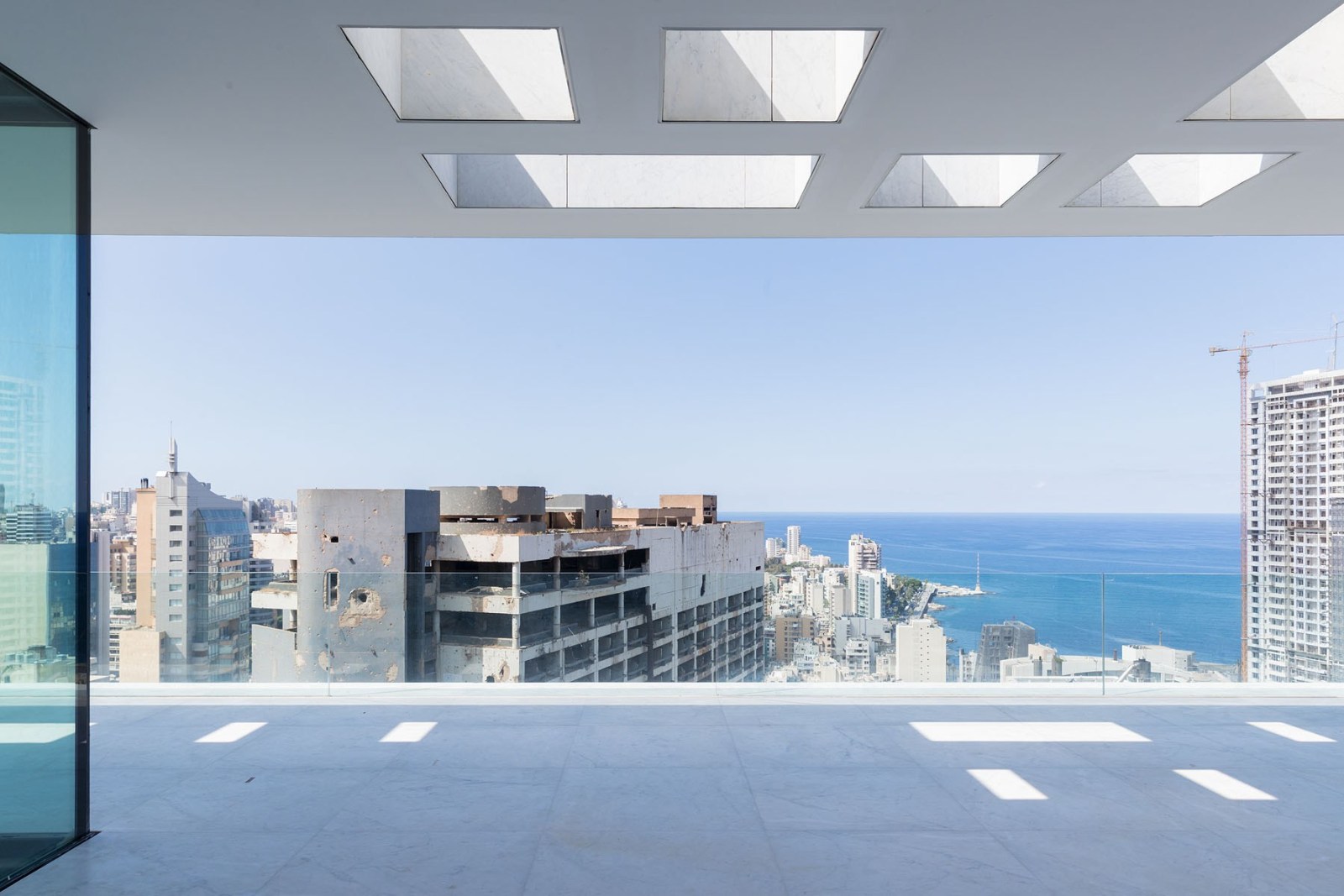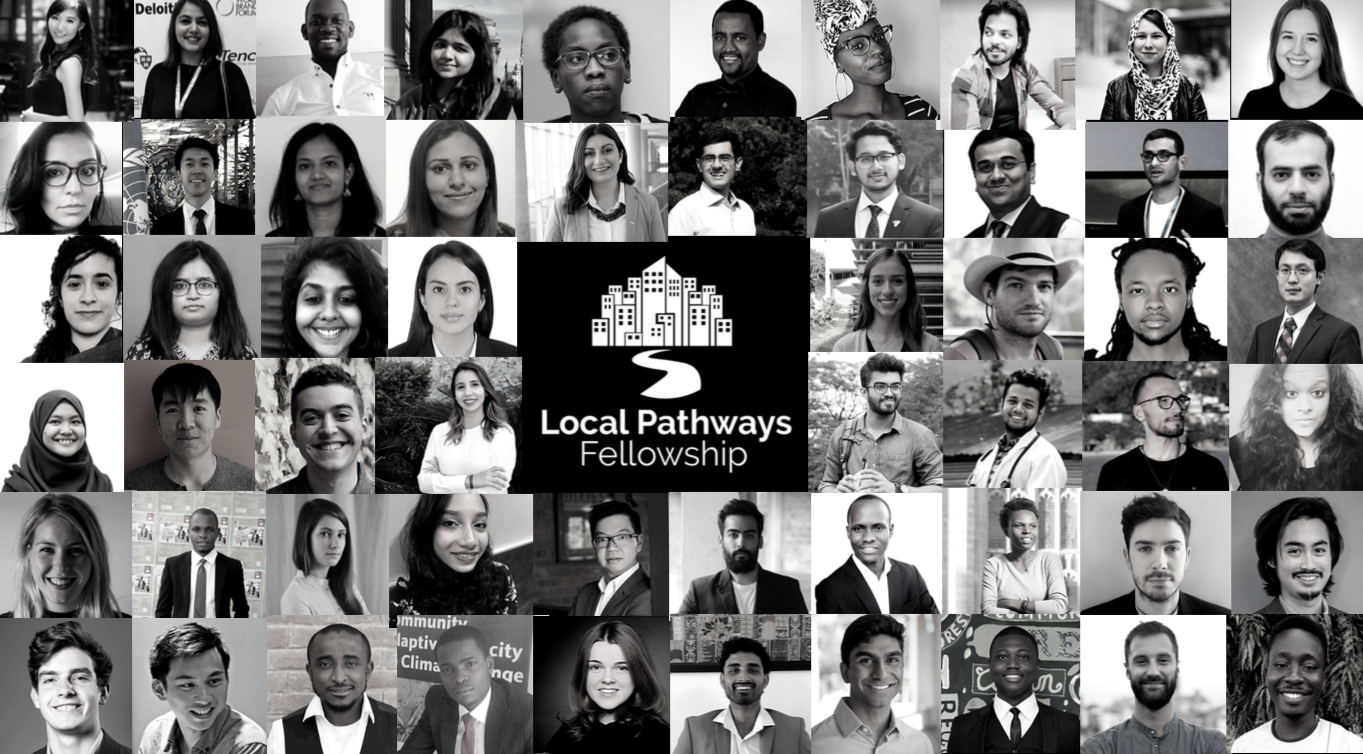Cities in the Mediterranean region in general, are sharing some common characteristics, other than the climate, the Mediterranean is one of the most diverse areas in the world culturally, ethnically and ideologically. The complexity of the socio-political situation in countries like Lebanon is very important to keep in mind when tackling any urban issue, with all its different levels of stakeholders and actors.
Such situation is turning any intervention, aiming to enhance public life, into a delicate process, making the holistic approach to the city very relevant by including, as much as possible, the different components and layers (such as housing policies, music, governance, film, and even food culture) in any attempt to understand the underlying system of such human settlements (System thinking tools are helpful here in understanding correlations and synergies).
Another important factor is how locals perceive their city ideologically and how they belong to an urban society, I will develop on cases where the cultural content is considered as a ground to understand some urban realities.
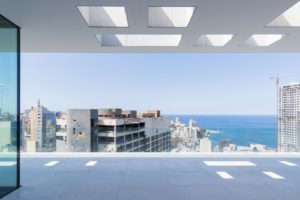
Beirut Terraces – Herzog & de Meuron – picture by Iwan Baan
SEA VIEW: By having spectacular natural sites along the Mediterranean Sea, embraced by the clear blue sky, it’s not weird that the Mediterranean people are known for their spirituality and sensuality. Jean-Luc Godard’s “Le Mepris” depicted, in my opinion, the essence of Mediterranean sensuality and the absurdity of our relationship with the Mediterranean. The Casa Malaparte (where Godard filmed Le Mepris) was designed as an extensive terrace overlooking the blue horizon, such an intimate connection with the seascape is very familiar in Mediterranean architectural typologies.
POLITICALLY, Public spaces in the Arab world are recently where political activism started to shape the new reality in countries like Tunisia, Egypt, Algeria and lately Soudan. People are discovering the power of gathering and using the cityscape in allocating their needs and assets. For instance, Tahrir Square in Cairo is one of the most famous examples of politically charged public spaces, movements are being named after public places now. Here is an interesting article in Time Magazine explaining How Public Spaces Helped Mold the Arab Spring
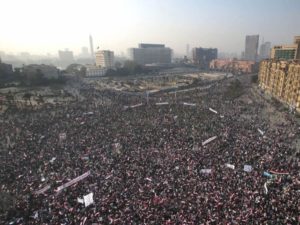
Tahrir Square – Egypt
LEBANON was facing rapid urbanization during the past two decades, massive reconstruction projects took place after the civil war, especially in the coastal parts where the majority of the Lebanese population is located. It worth mention that Lebanon is one of the most urbanized countries in both the world and the Arab region, with 87% of its population living in urban areas and the majority residing in the metropolitan areas of Beirut and Tripoli. I will explore next, some aspects of the urban reality in Lebanese cities through a holistic cultural lens.
FILM: Several times, The film industry showed a clearer picture of the urban socio-political situation. Filmmakers like Nadine Labaki are tackling serious issues in cities located in a very complex geopolitical context, her film “Capernaum” was nominated for an Oscar and other international awards. The film is a real story of a Syrian refugee kid “Zain” hanging out in Beirut. In my opinion, Labaki’s film reveals an essential aspect of Beirut as the multilayered city, a city with alienated unseen places. Throughout Capernaum, the chaotic dynamics of Beirut – both spatially and systematically – are in the foreground.
The crucial thing here is the relationship between private and public. To be in public, physically in public, is not enough to be empirically in public. You can be in a crowded place where people are still related in private bubbles, it’s not truly a public place then, it’s like living in a city where the presence of others is fully ignored. The following link is for an article about Nadine Labaki on the Chaos of Filming ‘Capernaum’ in Beirut
ARCHITECTURE: In Cities like Beirut, Where everyone is setting his back to the others and afraid of confrontation, the city loses any sense of connectivity and penetrability between its different layers, as Bernard Khoury proposes. Khoury is one of the Lebanese critic architects – described as the Sun of a Gun – exploring the irony of Beirut’s contrast to produce projects that, in my opinion, are disclosing the true underlying system of Beirut. The following link is an article published in the Financial Times about Bernard Khoury’s Beirut architecture thrives on conflict
MUSIC: Urban issues transcend into lyrics and rhythms too. Artists like Yasmin Hamdan provokes the Lebanese Taboos and the sense of indifference about the urban struggles. For me (a young enthusiast trying to understand the present) nothing can describe the post-civil war situation and put all the dynamics in one picture better than the music of Soap-Kills (Hamdan’s band).
HOUSING: With the rise of the market economy in the western world, Lebanon followed the globalized neoliberal model, and after the civil war, developers started investing in the real estate market shaping the reconstruction boom especially in Central Beirut. Currently, this economic model is setting the price of properties in Lebanese cities sky-high, Without a proper housing policy for the country. Last year, the Lebanese Executive Magazine published an article titled: Lebanon in need of a housing policy that is worth reading.
The architectural practice firms today, especially in urban sites, are putting maximum land exploitation as the main conception for their design process, what is making Beirut more and more compact and morphologically rigid.
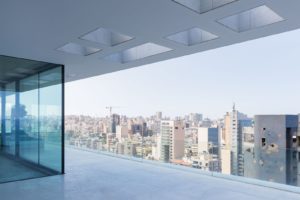
Beirut Terraces – Herzog & de Meuron – picture by Iwan Baan

